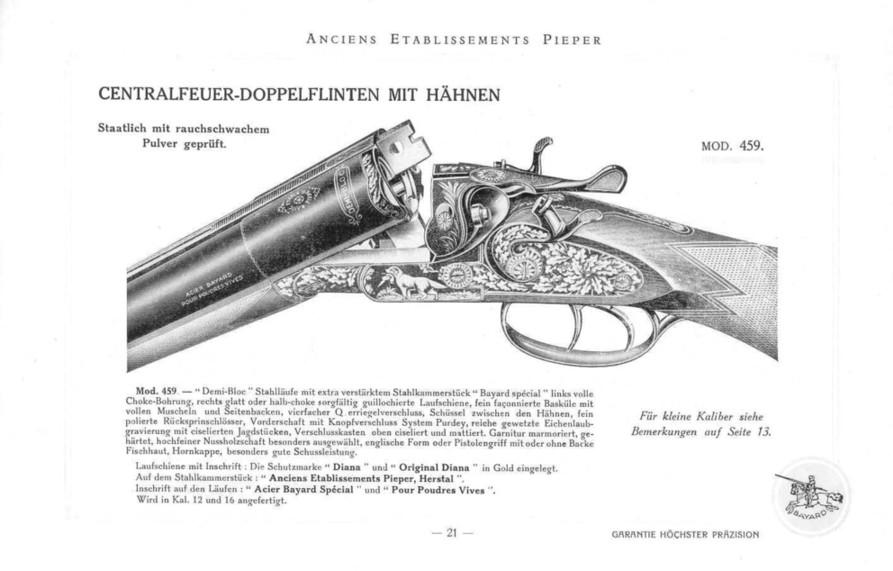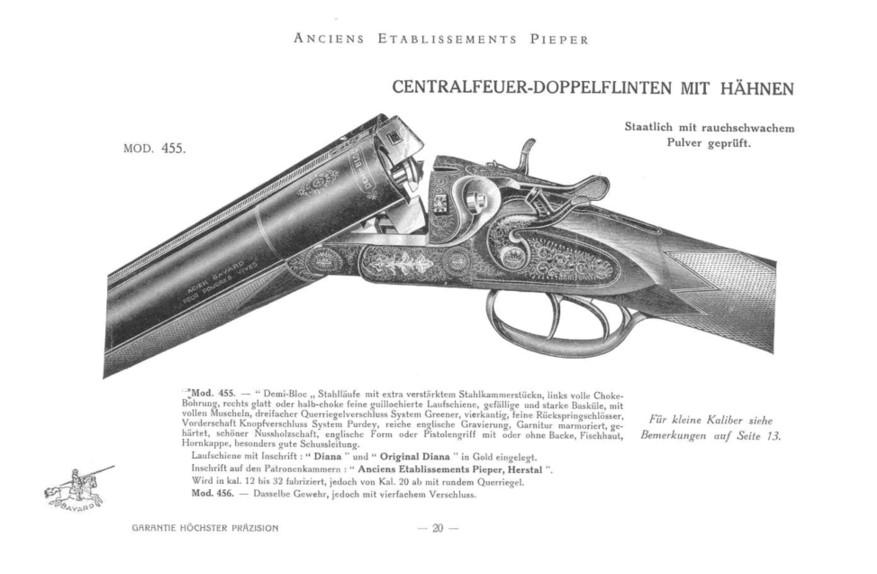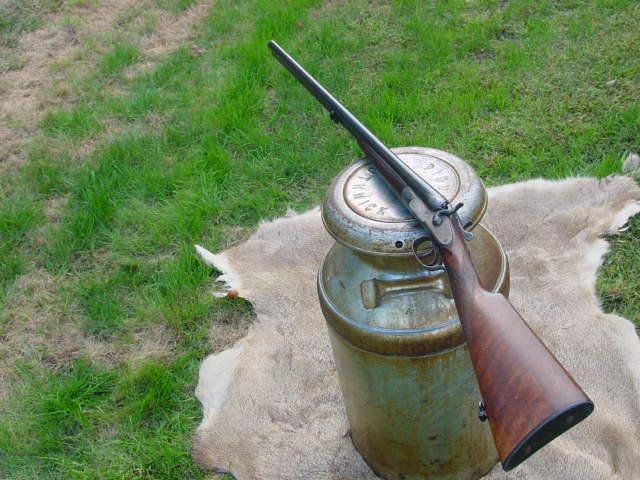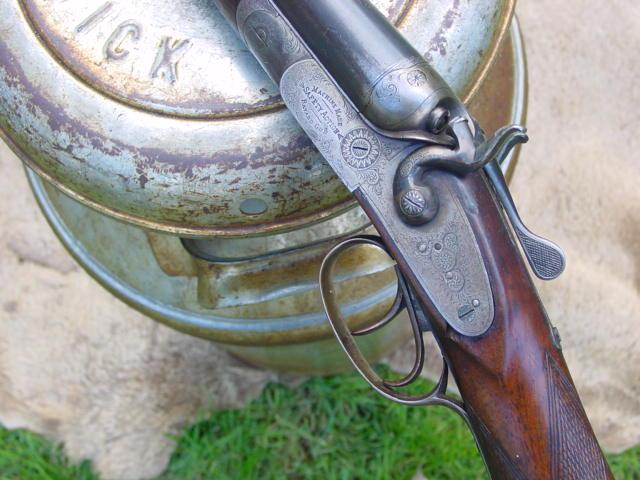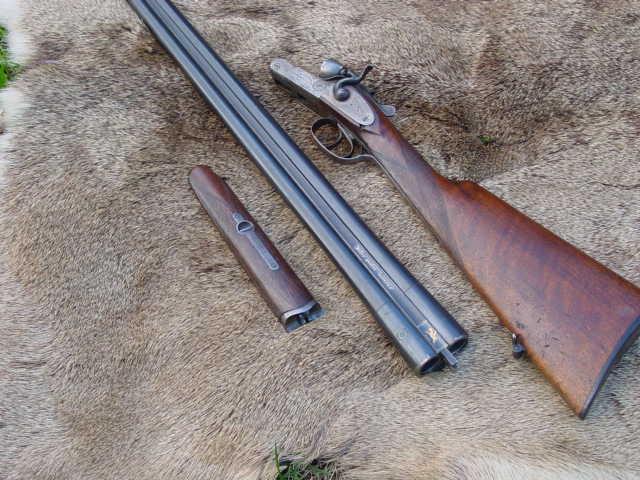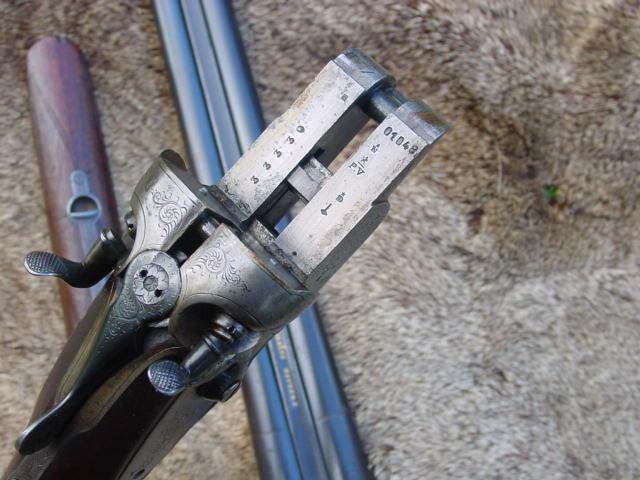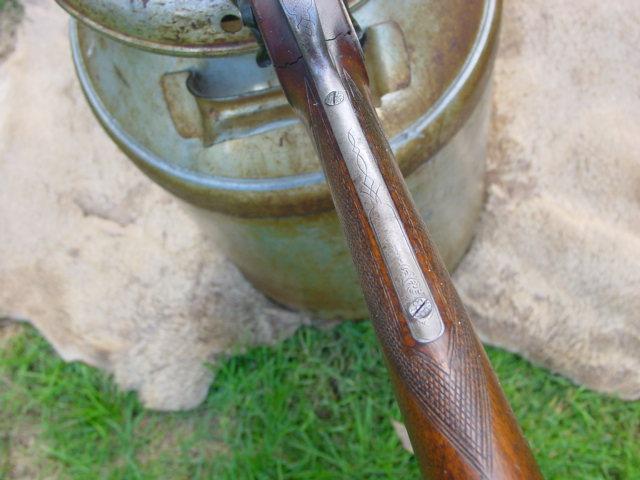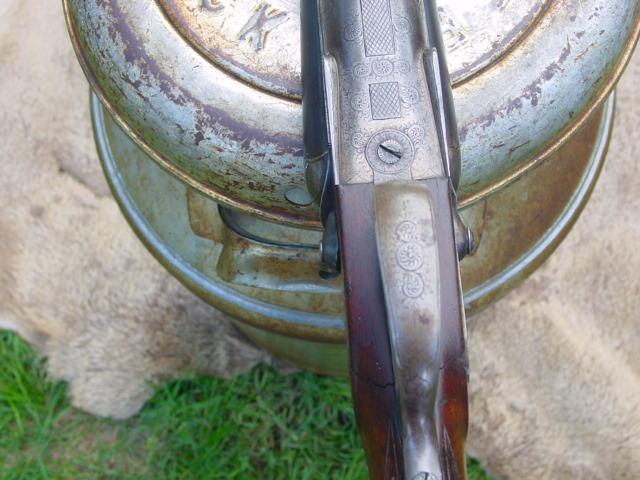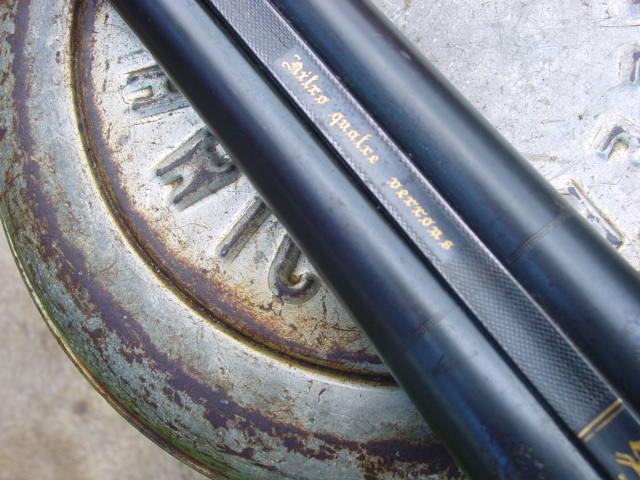Some of the most beautiful work of this craftsman, and many others, are in this book “Liège Gunmakers through their Work. 1800 - 1950”.
For more detail see: LIEGE GUNMAKERS
Anciens Etablissements Pieper (S.A.)
This is a fine, classic shotgun with two
side-by-side barrels and exposed hammers. Its patinated, partially worn wood
indicates that the weapon was actually used. With its double trigger, top-lever
opening system, and engraved lock, this shotgun is clearly a tool capable of
fulfilling its function without unnecessary frills, but with all the desired
robustness and reliability.
Markings:
2300 and 60837: serial numbers and assembly
aids?
Perron, on the breech, which is the hallmark
of the B.E. inspector (valid from June 16, 1853 to the present day). PV under a
standing lion, proofed with smokeless powder (live powder) since 1898.
Y under a star, inspector's mark from
January 27, 1877.
ELG over a star in a crowned oval, proof
house after 1893.
Caliber (very faded, probably 12.65) in an
omega, nominal caliber and case length since 1924.
1.263 kg, weight of the barrel capable of
firing smokeless powder (smoothguns), in use since 1924.
Letter β: annual letter 1949.
Choke 12.6.
EL in cursive, provisional proof since 1853
(rifle barrels).
Two specific markings allow the weapon's
origin to be unambiguously determined:
Bayard marking and logo representing a
knight, trademarks registered by the Anciens Établissements Pieper in Herstal.
This is confirmed by the Demi Bloc marking on the barrels, another trademark of
the former Pieper establishments.
In conclusion, this is a 12-gauge shotgun
produced by the former Pieper establishments in 1949, according to the annual
letter.
Chris, HPH,![]()
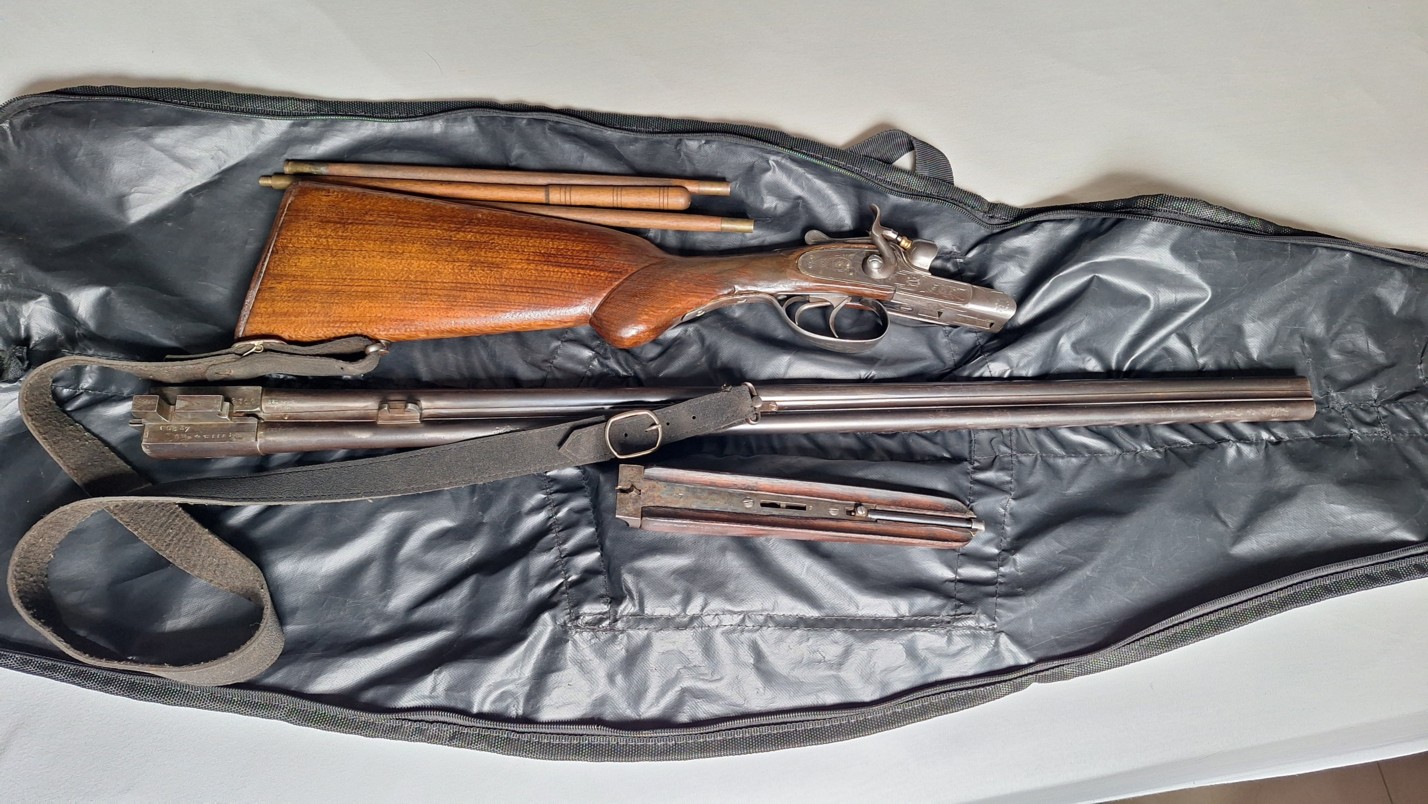
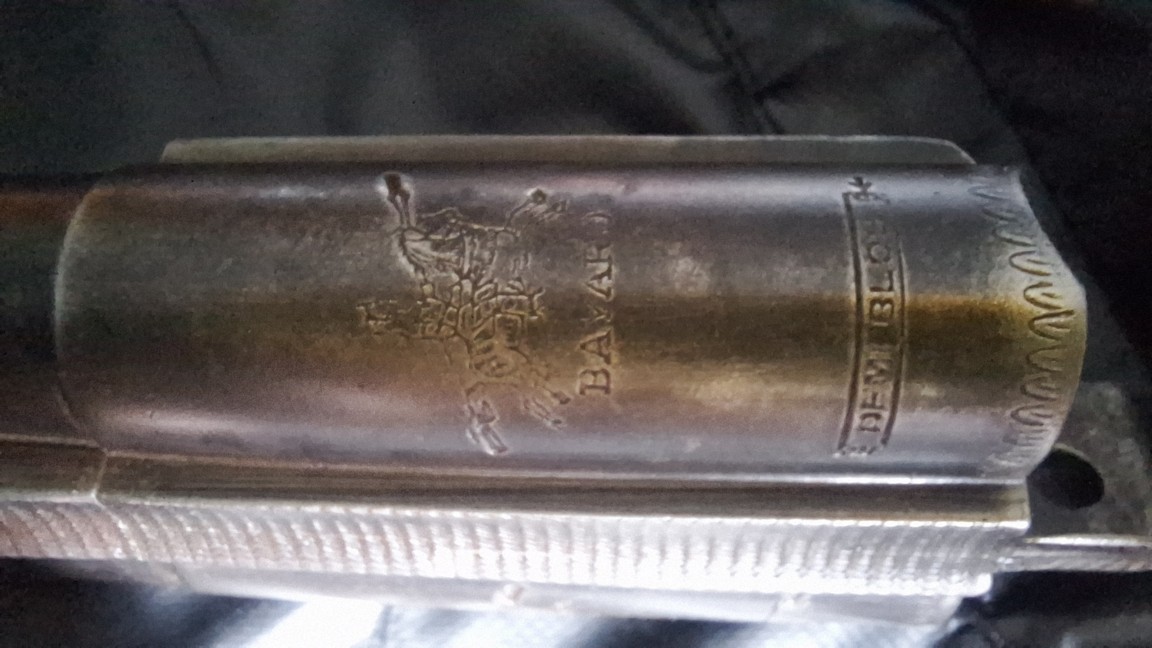
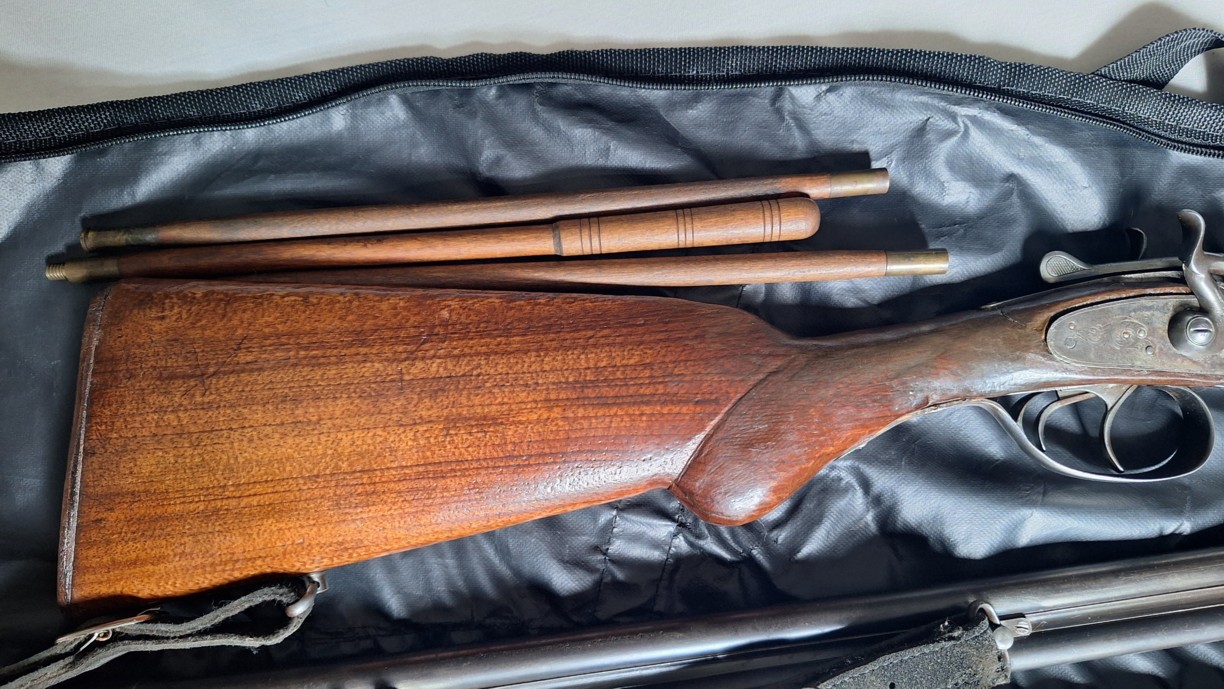
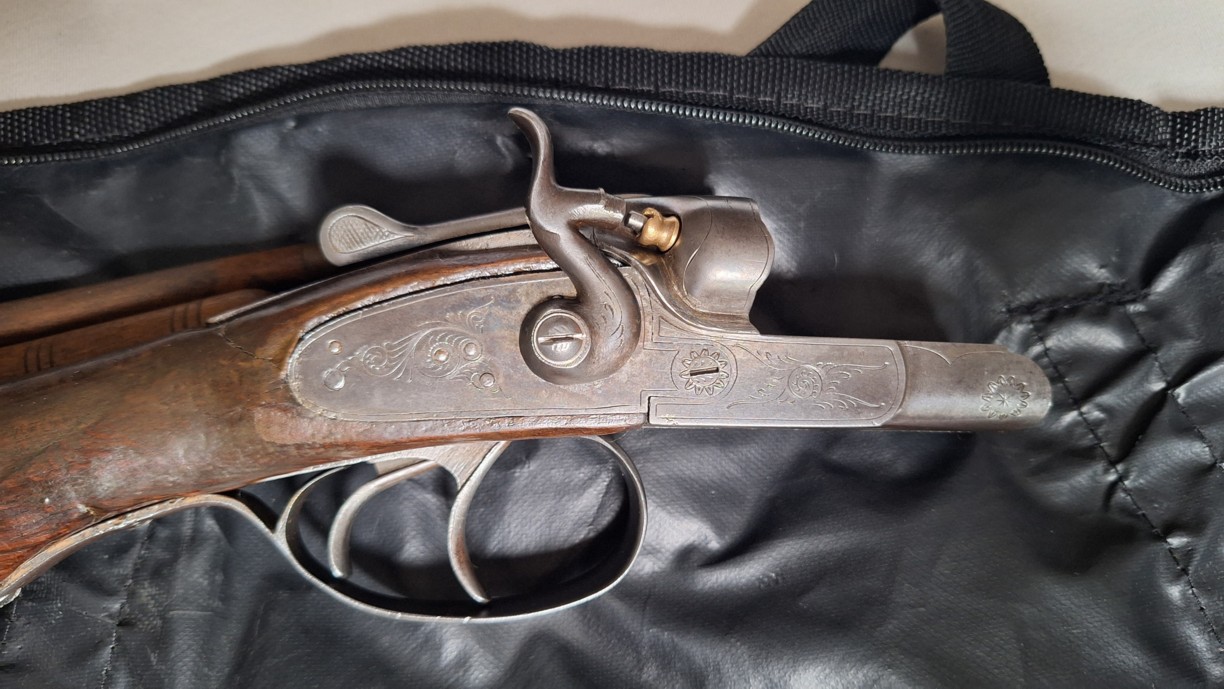
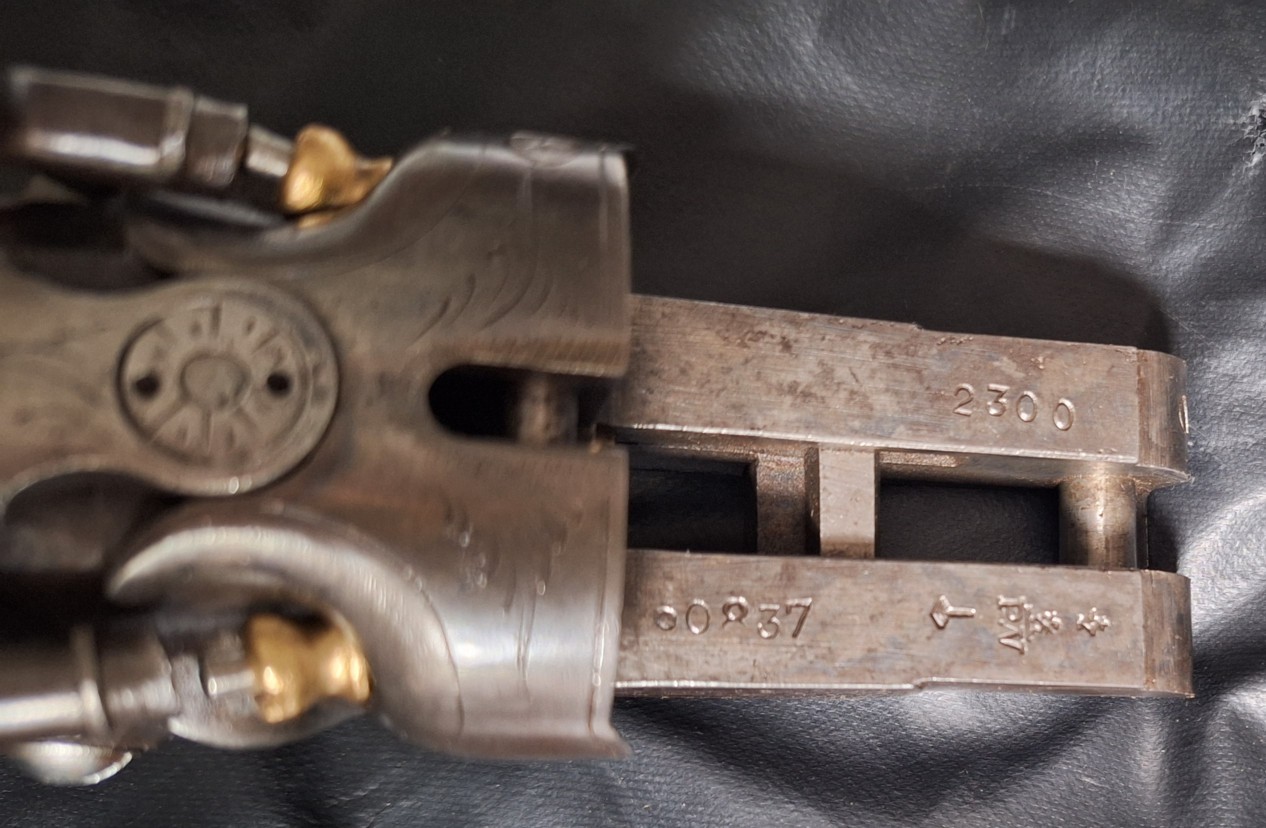
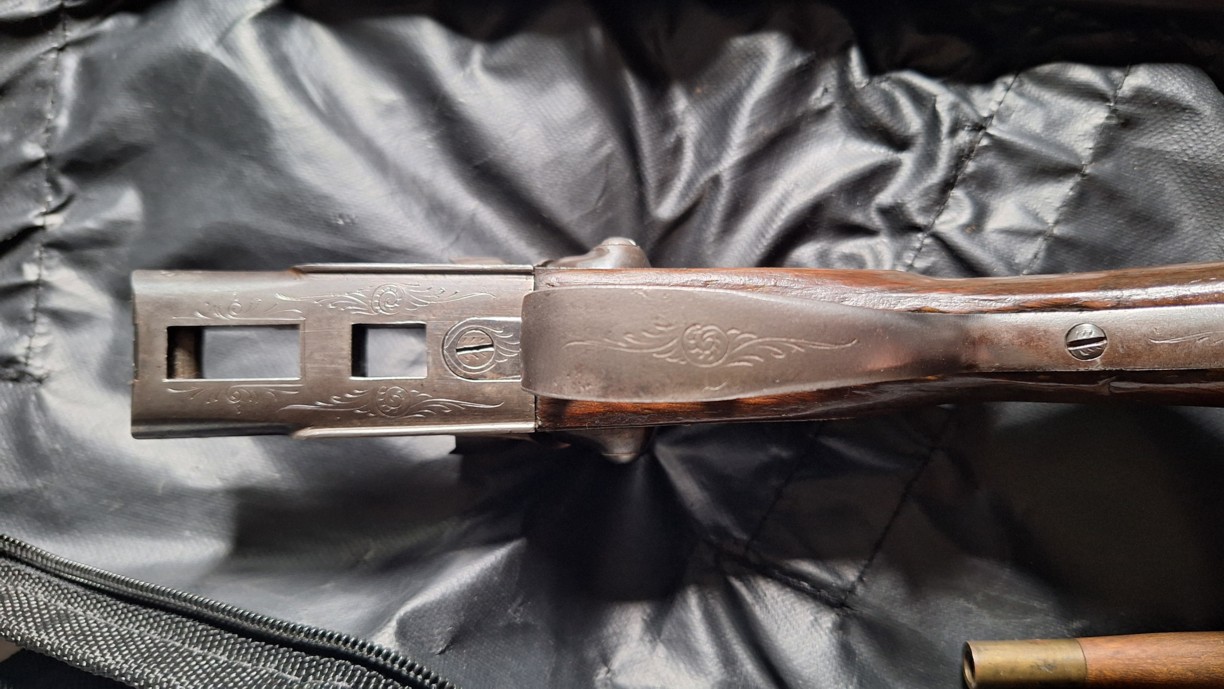

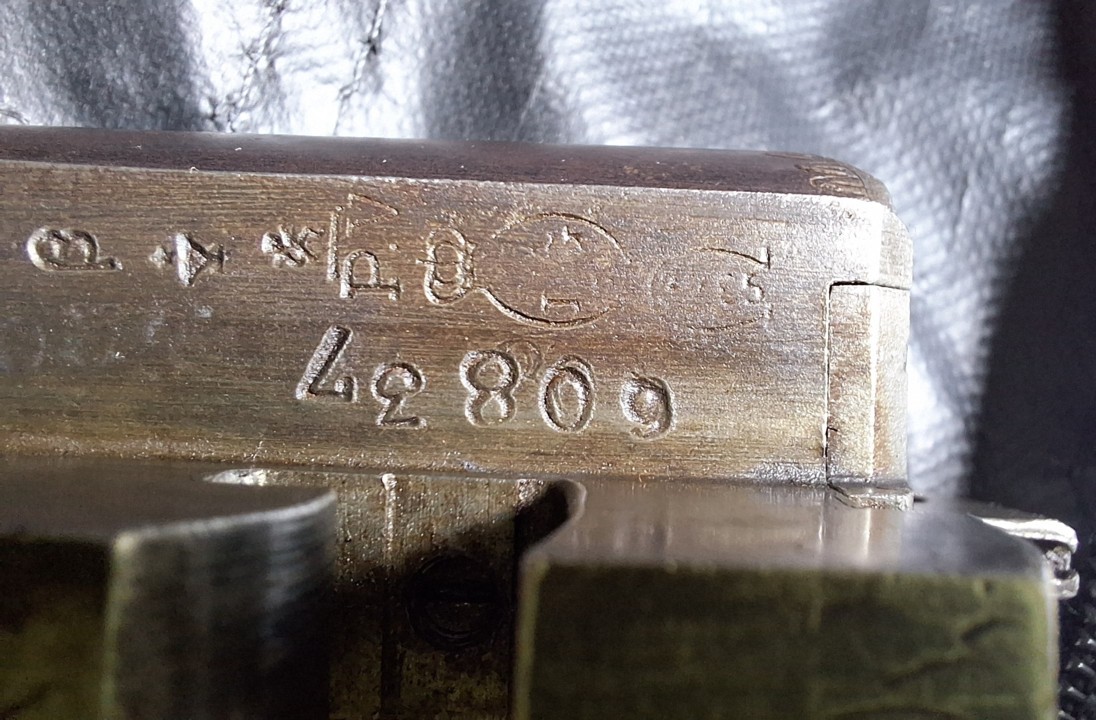
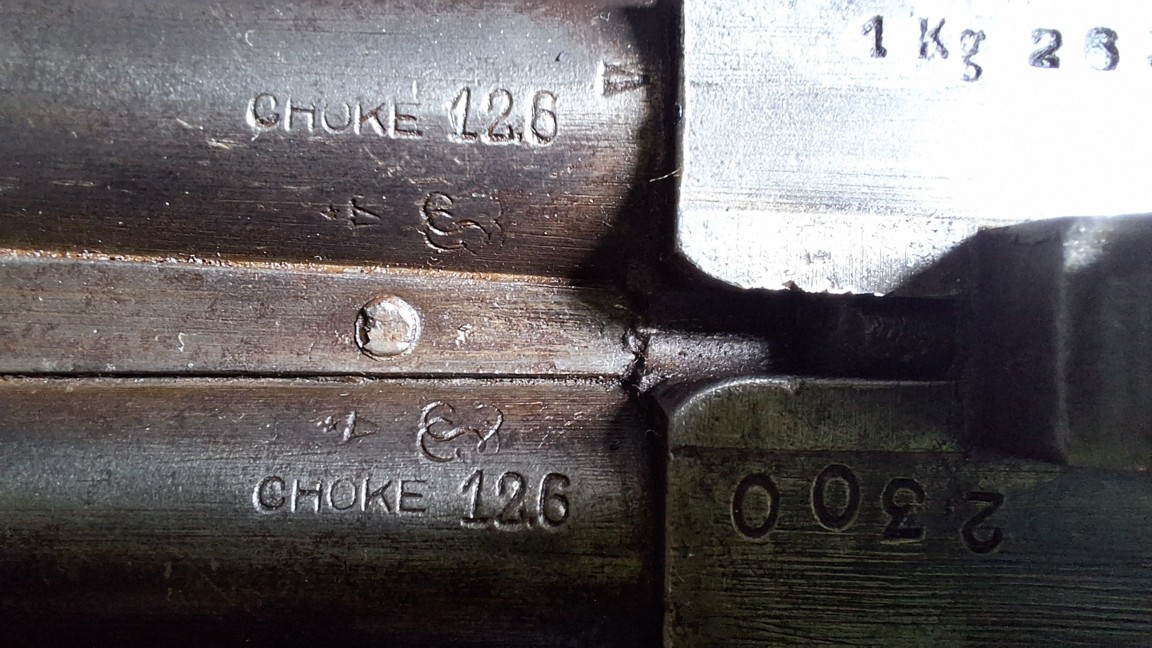
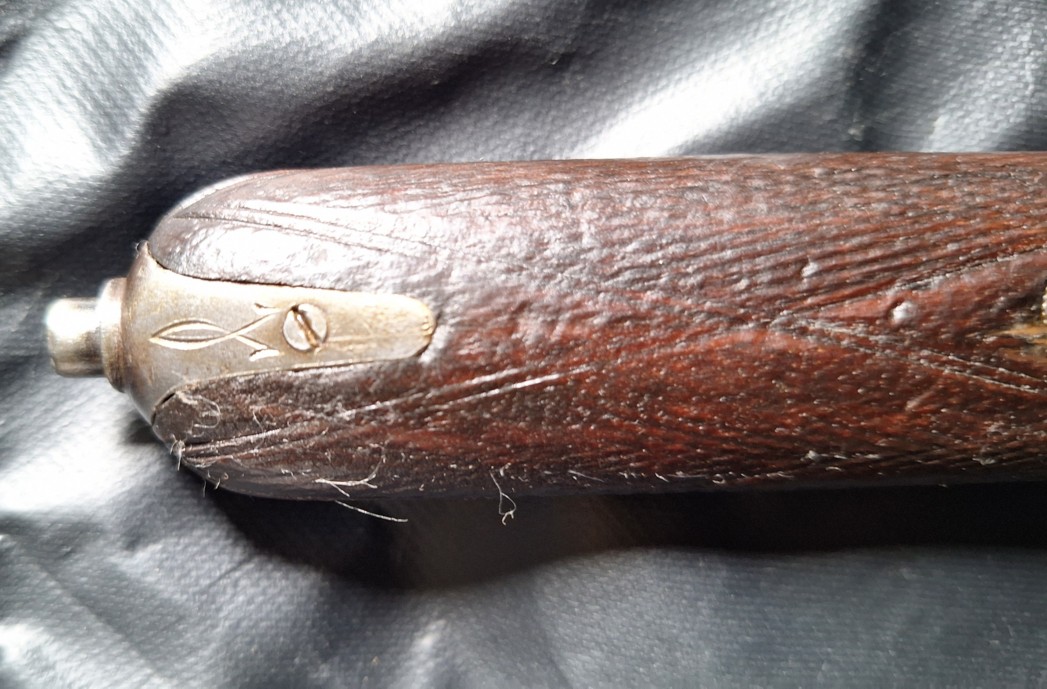
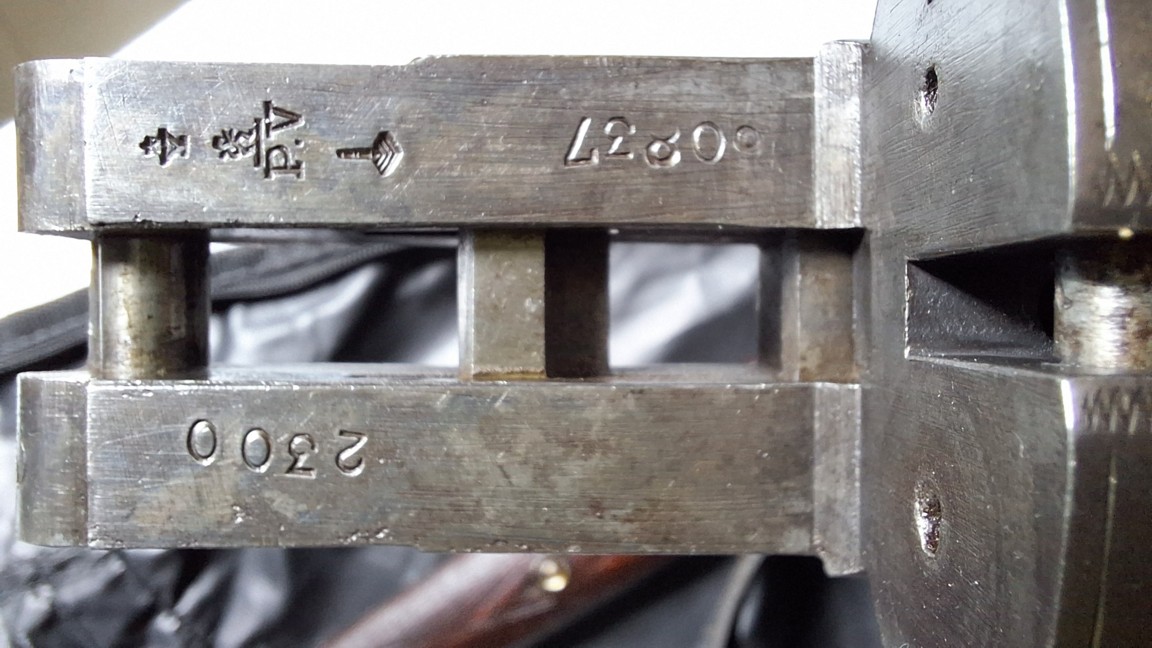
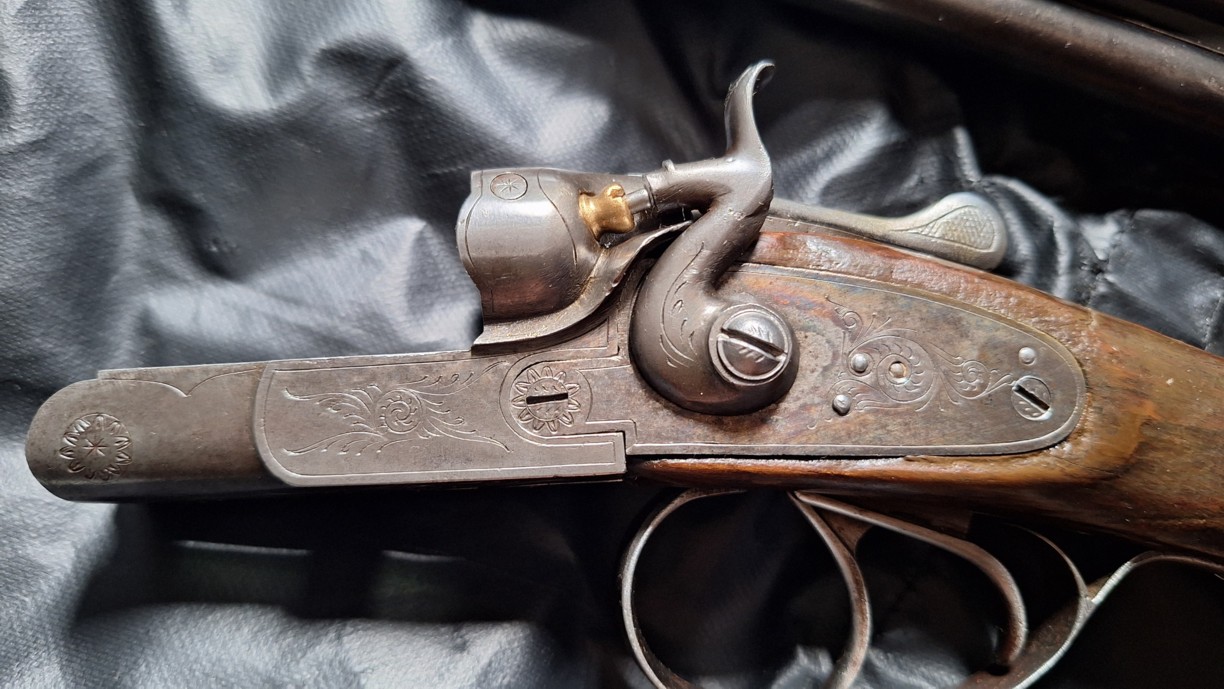
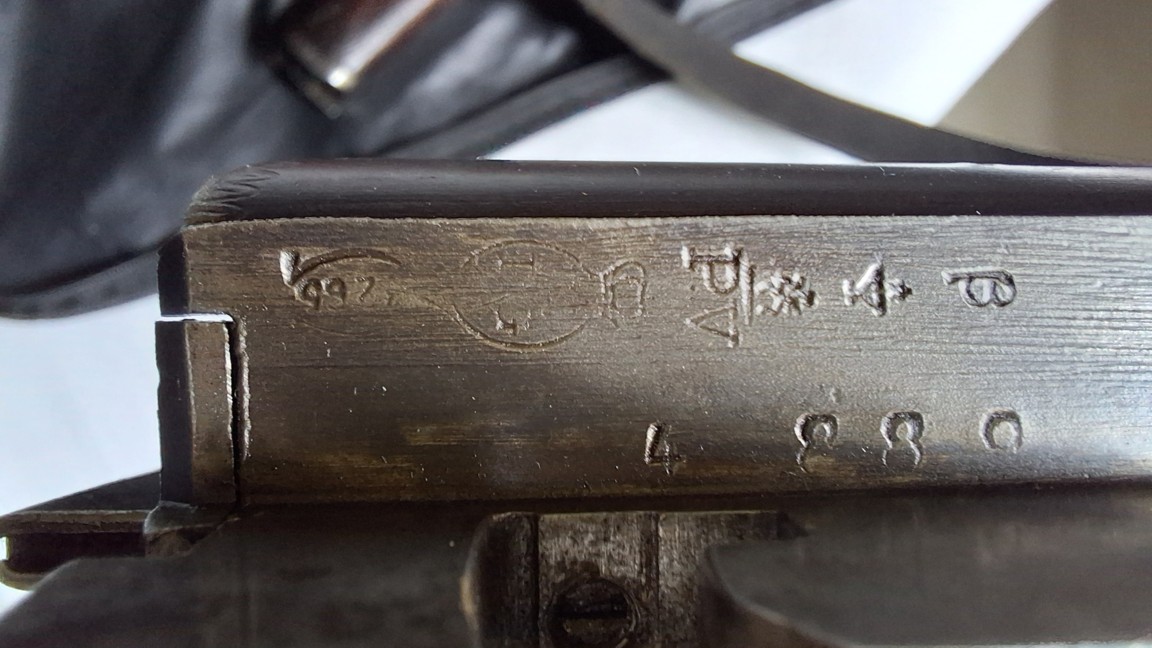
Anciens Etablissements Pieper (S.A.)
My gun very much resembles those in the 1911 catalog
of the
Anciens Etablissements Pieper.
But all the guns in the catalog are of monobloc construction, which the catalog
represents as a Pieper invention, while mine is very differently made. The
letter b in the style of handwriting on the barrel flats is the Belgian
proof-house year mark for 1923.
In the majority of Belgian guns, the barrels are brazed together near the breech. The steel lumps that attach them to the action are likewise brazed, as well as inserted by a mechanical joint, and the remainder of the barrels and their ribs are soldered with lead and tin. This, if well done, is not weak, but the brazing risks overheating the steel.
In the Pieper monobloc system of 1911 the barrels,
everywhere circular in cross-section, are welded into a single block forged and
milled from
steel, with integral lumps. So the high
temperature brazing is not required, an advantage which the 1911 catalogue
clearly states to be desirable. This is an admirable and very strong design, but
some consider the joint around the barrels, even when concealed by bands of
engraving, to be too visible.
However my gun bears the inscription “demi-bloc”, which translates in English as
“chopper-lump”. This means that each barrel is formed with half the attachment
lumps, like two little axes, that fit into the recess in the action. The
assembly shows the central joint, very thin and in most cases it would be made
by brazing. It is rare in Belgium, but was considered indispensable in best
quality English guns of the period.
My gun has a feature even rarer. The barrels are joined together by a vertical
dovetail joint, indicated by a red line in my photo . We cannot see it in the
top rib, as it is hidden by punched stippling instead of being chequered like
the greater part of the rib’s length. This dovetail allows the use of either
lead or silver solder, visibly white in colour and less injurious to the steel.
This technique was used in Birmingham for the inexpensive BSA doubles, despite
having the disadvantage of requiring the barrel assembly to be wider and
heavier.
A little extra width and neither here nor there in
my gun , which is a 24 bore. But this
construction was not only for small caliber guns, as it is seen in the 12 bore
shotgun of 1924 on this page. I would like to know whether the monobloc
construction had disappeared entirely Pieper production, or was still an
available option.
The locks are backlocks, with the mainsprings behind the axes of the hammers,
leaving more steel in the action body than barlocks, with forward mainsprings,
would permit. But attached as they are to the action, the plates reinforce the
stock better than ordinary backlocks do. The gun is more robust than a 20 bore
of its weight, 5lb. 13oz., would be.
Closure is by the “Greener Treble Wedgefast” system,
i.e. locked in three places, two under the barrels, and the third by a
horizontal locking-pin through the horizontal extension behind the barrels. This
adds greatly to the strength, but a fourth, missing from my gun and in 1911 not
available for 20 , 24 and 28 bores, contributed very little. A portion of the
lever came in an open bezel of this extension, and chamber pressure does not
rotate the barrels to open a
gun. It tends to force them forwards, away from
the standing breech.
The pheasants engraved on the plates are not the work of an exceptional
craftsman, but I have seen the exceptional, and live pheasants, which were less
charming . They are illustrated in the catalog in 1911 , and unfortunately we
will probably never know whether Pieper copied them (well but without
creativity), or a particular worker survived everything that the 1914 war
brought to the Liège region.
The condition of the gun is superb. I would not be
disappointed to buy a twentieth century gun with such a stock. It bears the
silver Bayard trademark, (chevalier sans peur
et sans reproche), and also the number 24in
silver, which was barely visible against the bluing. I imagine an Australian in
France or Belgium , or military , who brought with him his beautiful rifle for
découvirir he does not admit the 20 caliber cartridges.
John A. W.







Anciens Etablissements Pieper (S.A.)
It is about a shotgun to unrifled bores and juxtaposed of gauge 16. Locks are of type “ahead” and are engraved animalist reasons. These barrels are separated by a “guilloched” band the whole is manufactured out of BAYARD steel. The break is made using the key “Top Lever” placed between the external hammers.
The weapon carries the lawful punches of the proofhouse of LIEGE, namely:
ELG* in a crowned oval: final acceptance post 1893.
AV* and S*: countermarks of the controllers post 1893.
PV surmounted of a stylized lion: test with the powder without smoke, Of use of 1898 to 1968.
Peron: inspection post 1853.
16 C in a rhombus: gauge, of de1898 use at 1924
C: yearly letter of 1924 - Year of manufacture of the weapon!
P 1K494: Weight of the barrel which can draw from the powders without fume (weapons smooth) except for the gram. In use of 1924 to our days.
D = 70 mm/18.9: Length of the room in mm and diameter in mm after optional test with the powder without smoke. In use of 1892 to 1924.
EL in English letters: provisional test, of use of 1852 to our days.
CHOKE 16.6: chokes barrelss: gauged to 22 cm of the breech, of use of 1924 to 1968.
The
weapon carries also various marks, namely:
Chevalier
Bayard
(Bayard knight) and Demi Bloc
(Half block) on the barrels: trademarks of
Old
establishments Pieper with Herstal (Liège).
Acier
Bayard
(Bayard steel): steel used for the clothes industry of this weapon.
Extracted from catalogue
Bayard
in appendix.
GG


Anciens Etablissements Pieper (S.A.)
This is a
central percussion shotgun. The lock is square. The double trigger is under oval
bridge. The 16-gauge barrels on the table are bronzed. Walnut stock is of the
“cheek gun” type.
The
weapon bears the statutory hallmarks of the Liège proofhouse, namely:
ELG* in a
crowned oval: definitive acceptance, in use from 1893 to 1968.
S*-X*:
countersigns of controllers post 1877.
Peron:
inspection, in use from 1853 to the present day.
EL in
English letters: provisional proof, in use from 1852 to the present day.
1Kg468:
weight of the gun capable of firing smokeless powders (smooth weapons) to the
nearest gram. In use from 1924 to the present day.
PV
surmounted by a stylized lion: smokeless powder proof, in use from 1898 to 1968.
16-70 in
an omega: nominal caliber and length of the socket, in use from 1924 to the
present day.
Lower
case letter “d”: nominal letter from 1925 (year of manufacture).
Choke
16.7 and 16.6: choked guns: calibrated 22 cm from the cylinder head, in use from
1924 to 1968.
The
weapon also bears the following markings:
03 – 8801
– 3361 – 8088 – 01 922: various numberings such as serial number, gun number,
shop number, etc.
ANC.
ETABL PIEPER:
brand of the manufacturer
Les Anciens Etablissements PIEPER
in HERSTAL – registered or re-registered on 06.02.1933. (See details on our
website).
Chevalier
BAYARD
on the buttplate: same as above.
GG















Anciens Etablissements Pieper (S.A.)
It is
about a shotgun to unrifled and juxtaposed barrels of gauge 16. Locks are of
type “ahead” and are engraved animalist reasons.
These
barrels are separated by a squared band, the whole is manufactured out of
refined steel. The break is made using the key “Top Lever” placed between the
external hammers. The stick in walnut blackened seems it is of type “Pistol”.
The
weapon carries the lawful punches of the proofhouse of Liège, namely:
ELG* in a crowned oval: final acceptance post 1893.
BA* and H*: countermarks of the controllers post 1877.
Peron: inspection post 1853.
16 C in a rhombus: gauge, of de1898 use at 1924
EL in English letters: provisional test, of use of 1852 to our days.
CHOKE 16.6/16.0: chokes barrels: gauged in mm to 22 cm of the breech and the mouth, of use of 1910 to 1924.
The
weapon carries also various marks, namely:
Machine
made safety action Bayard gun:
mark of factory of
Anciens établissements Pieper
with Liège-Herstal.
Chevalier
Bayard on the barrels:
mark of factory of
Anciens établissements Pieper
with Liège-Herstal.
Mark
Acier fin (Refined steel) damascened with the fine
gold: steel used for the manufactory of
this weapon.
Two oval
marks containing following engravings:
On the left:
Anciens
établissements Pieper (Old establishments Pieper).
On the right:
Liège Belgique
(Liège Belgium).
1114: it
should be a question of the serial number.
GG










Fusil PIEPER
It acts of a shotgun of gauge 12, with juxtaposed guns smooth. The hammers are external and the key top lever is between those.
I could not read the inscription in stringcourse with the thunder, which would have perhaps allowed me to identify the type of rifle AEP PIEPER.
C: yearly letter: 1924
Manufacturer
This weapon was manufactured in 1924 by Anciens établissements PIEPER street of Bayards in Liege.
The mark "Au chevalier BAYARD" was deposited by the firm the 15.05.1911.
GG

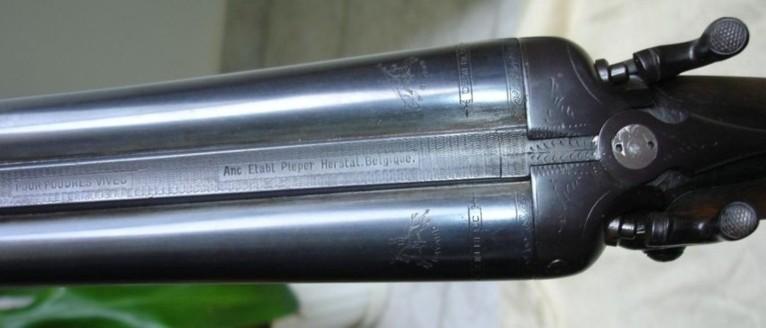
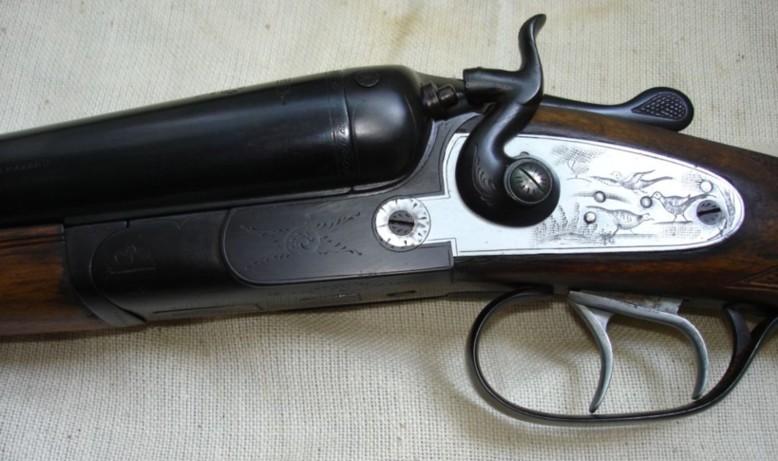
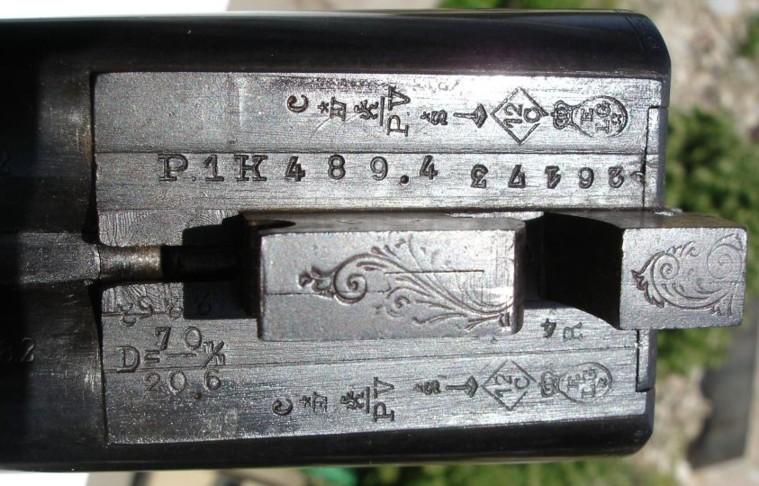
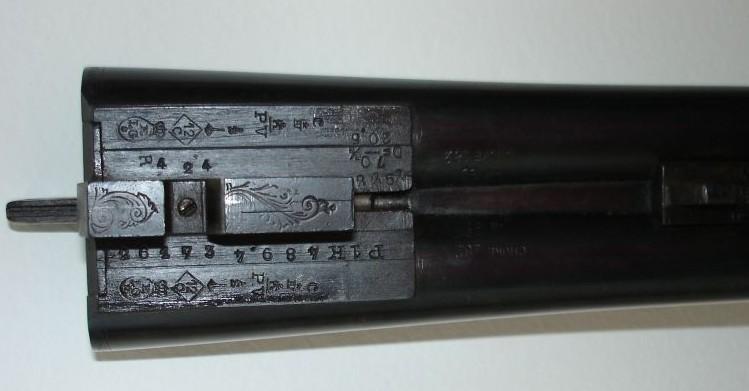
Anciens Ets Pieper
Cal. 12
Many thanks to George L. for the photographs.



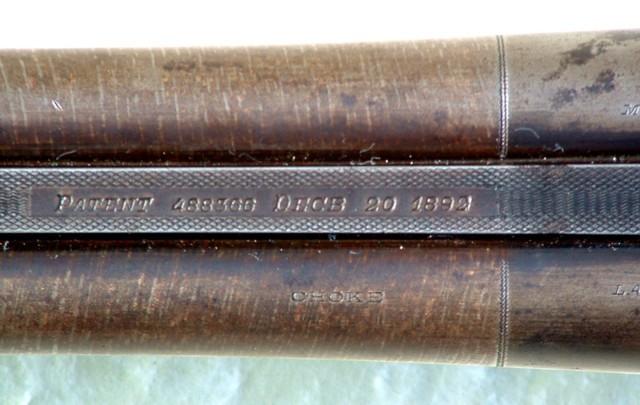
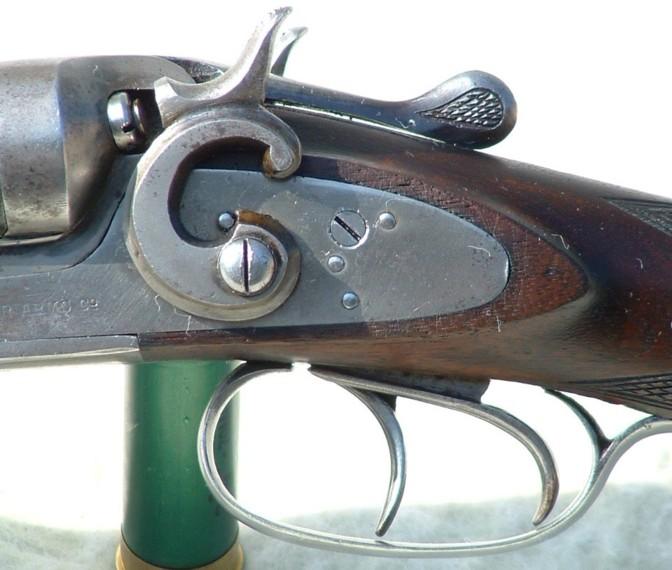
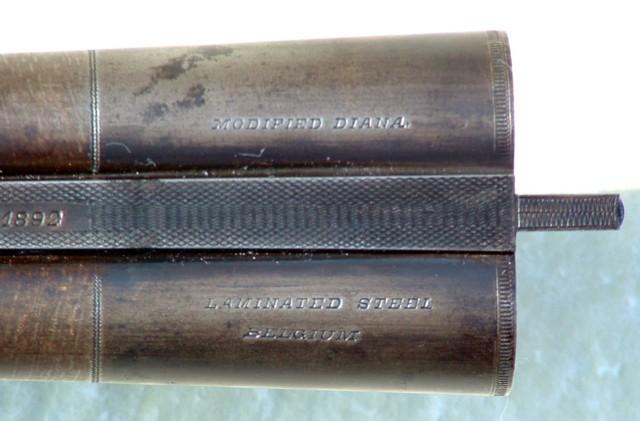
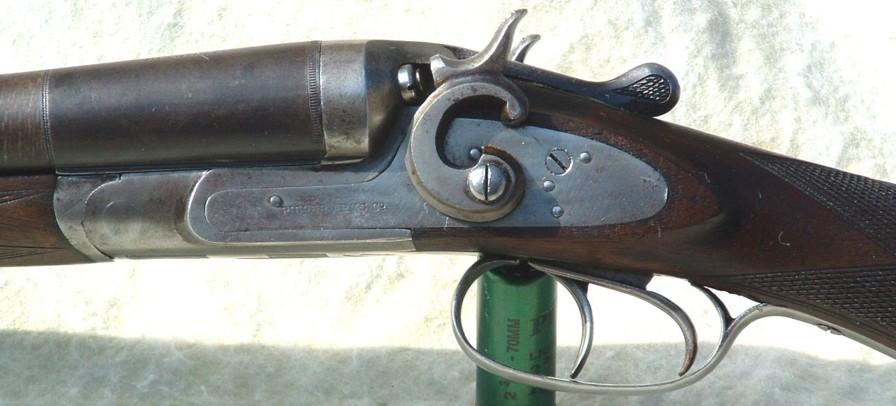
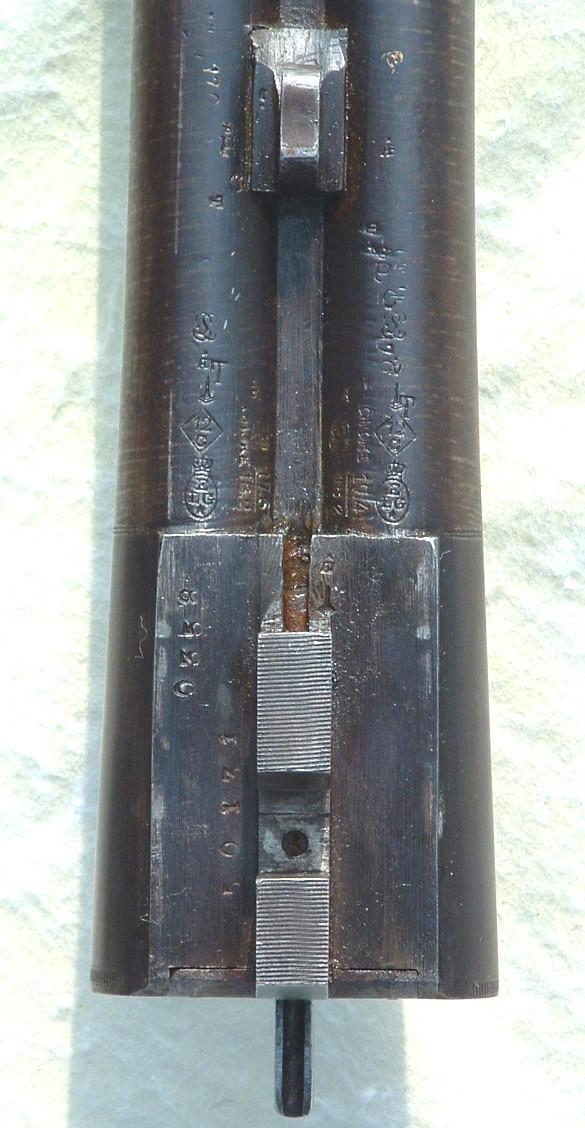
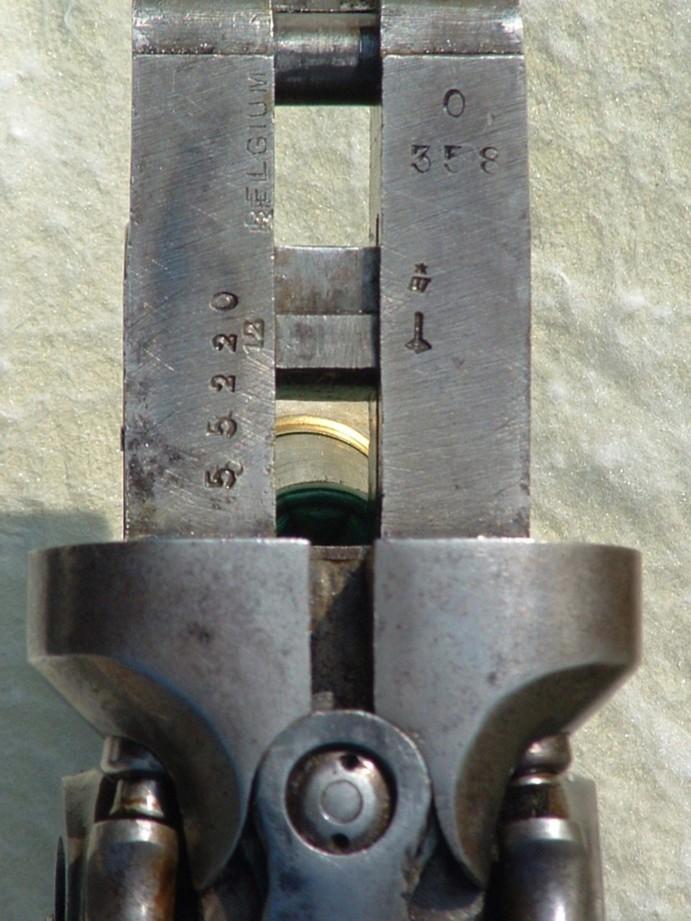
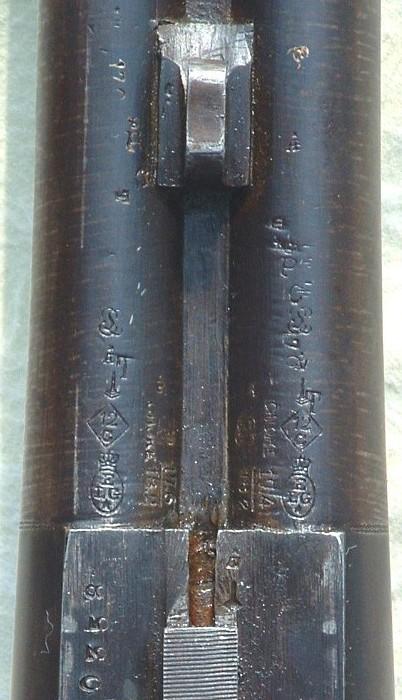
Pieper
Shotgun PIEPER
It acts of a shotgun to juxtaposed barrels, central percussion, external hammer and key between the hammers. The calibre is invisible with the photograph and does not appear either on the punches.
Marks of the Manufacturer
The marks raised on the weapon make us cavity think of a manufacture of Old Establishments PIEPER street Petite Foxalle in Herstal (Belgian proofhouse 1905/1957) that is to say : BAYARD GUN - SAFETY ACTION - MACHINE......?(not readable)
The sentence in gold letters "NITRO QUATRE VERROAS" (reserves as for the exactitude of the reading of Portuguese) indicates to our opinion that it acts of a weapon having a system of closing at 4 points.
Punches of Belgian proofhouse
N spangled and D spangled: countermarks of the controllers (27/01/1877 to the 26.02.1968)
Peron (little tower): inspection (16.01.1853 until today)
PV surmounted of a stylized lion: test with the powder without smoke (04.10.1898 to 26.02.1968)
GG & MD
